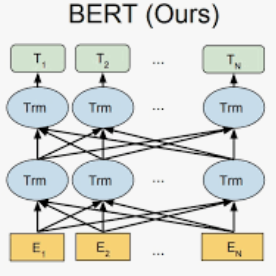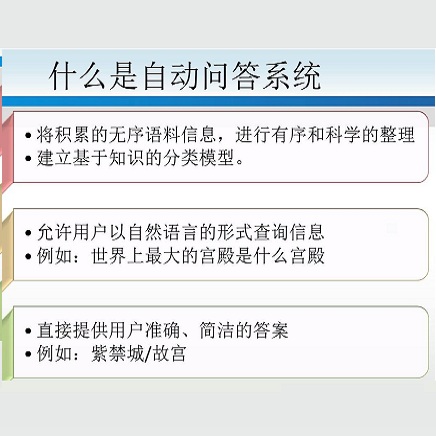Answer selection (AS) is a critical subtask of the open-domain question answering (QA) problem. The present paper proposes a method called RLAS-BIABC for AS, which is established on attention mechanism-based long short-term memory (LSTM) and the bidirectional encoder representations from transformers (BERT) word embedding, enriched by an improved artificial bee colony (ABC) algorithm for pretraining and a reinforcement learning-based algorithm for training backpropagation (BP) algorithm. BERT can be comprised in downstream work and fine-tuned as a united task-specific architecture, and the pretrained BERT model can grab different linguistic effects. Existing algorithms typically train the AS model with positive-negative pairs for a two-class classifier. A positive pair contains a question and a genuine answer, while a negative one includes a question and a fake answer. The output should be one for positive and zero for negative pairs. Typically, negative pairs are more than positive, leading to an imbalanced classification that drastically reduces system performance. To deal with it, we define classification as a sequential decision-making process in which the agent takes a sample at each step and classifies it. For each classification operation, the agent receives a reward, in which the prize of the majority class is less than the reward of the minority class. Ultimately, the agent finds the optimal value for the policy weights. We initialize the policy weights with the improved ABC algorithm. The initial value technique can prevent problems such as getting stuck in the local optimum. Although ABC serves well in most tasks, there is still a weakness in the ABC algorithm that disregards the fitness of related pairs of individuals in discovering a neighboring food source position.
翻译:答案选择( AS) 是开放式答题解答( QA) 问题的关键子任务 。 本文提出一种名为 RLAS- BIABC 的AS 方法, 这种方法的建立基于基于关注机制的长期短期内存( LSTM), 以及来自变压器( BERT) 字嵌入的双向编码器演示, 由改良的人工蜜蜂集合( ABC) 预培训算法和强化的学习算法加以补充, 用于培训反演算法( BBP) 。 BERT 可以包含在下游工作中, 并精细调整成一个统一的任务结构结构, 预先训练的 BERT 模型可以捕捉不同的语言效果。 现有的算法通常用正负式双级精度组合来培训 AS 模型, 和 双向编码器包含一个问题和真实的答案, 而负式的算法则包含一个问题和假的答案。 负式的输出应该是正式的。 。 通常, 负式对的配对更优, 导致系统绩效的分类的分类, 。 导致系统业绩的分解。 。 。 我们将它作为最高级的精度的精度 的精度 的排序的精度排序的精度排序的精度 。 。 。




